With widespread distribution of steam cleaners on the market, more and more people are taking the seemingly easy route of cleaning their hardwood floor with such cleaning tools. Science class and experience should have told us but many people aren’t aware that steam and wood are not compatible. Steam is, after all, nothing but water vapor.
When steam cleaning, vapors can and do recombine to form liquid water that sit on and wick into wood. With water wood floors naturally expand and contract. This expansion and contraction result in two major forms of wood deformation: “cupping” and “crowding.”
Cupping (The concave deformation of wood floor) and Crowding (the convex deformation of wood floors) are common issues that develop with high humidity. Both problems occur across the width of the flooring material.
Cupping is when the edges of a board are high and its center is lower. This occurs after water spills onto the floor and is absorbed by the wood. If the wood expands significantly, compression set can result as the boards are crushed together, deforming the boards at the edges.
Cupping is caused by a moisture imbalance through the thickness of the wood: The wood is wetter on the bottom of the board than on the top. Conversely, crowding occurs when the wood is wetter on the top of the board.
The first step in repairing a cupped floor is to identify and eliminate the moisture source. In the kitchen, it may be a leak from the dishwasher or ice maker. From outdoors, it might be the terrain of the lot, with rain and runoff not moving away from the house and foundation. Indoors, the humidity may need to be controlled, or a plumbing leak may be causing excess moisture in the basement, which migrates up into the subfloor and from there into the wood flooring.
Once the source of the moisture is controlled, cupping can usually be cured. The floor may improve on its own as it dries out over time. Other times, fans may be needed to speed the drying process. Once the moisture content has stabilized, the floor can be reassessed. Choices may be to do nothing at all, to recoat the floor, or to sand and refinish the floor.
It should be noted that some slight cupping and crowning may occur naturally, and should be tolerated. The bark side of lumber shrinks and swells more than the side closest to the center of the tree. Largely seasonal in occurrence, it’s common in wider planks. Its appearance can be minimized by using a beveled-edge flooring product with a satin finish, rather than square-edge flooring with a high gloss finish.
For more information on getting your floors fixed, ask your ProSand Flooring specialist.

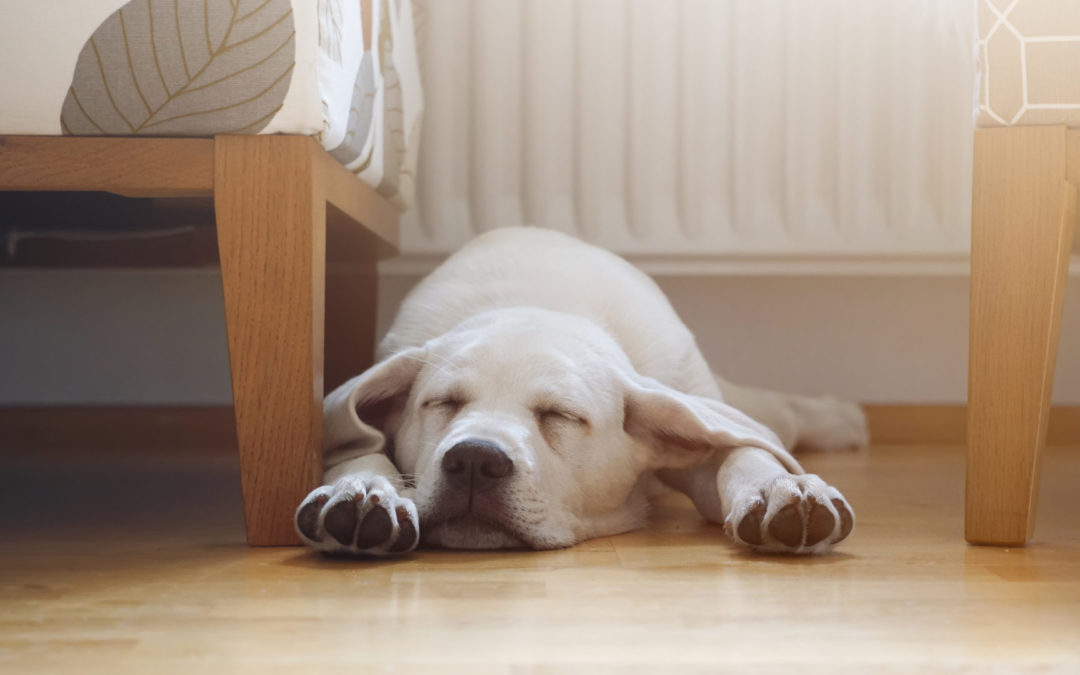
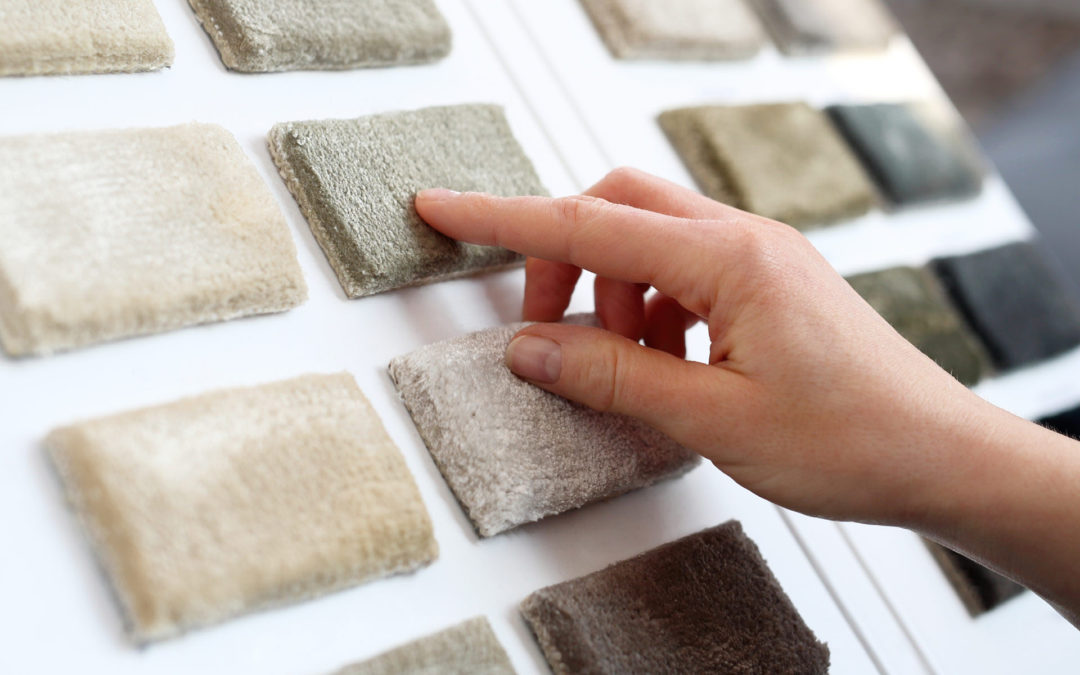


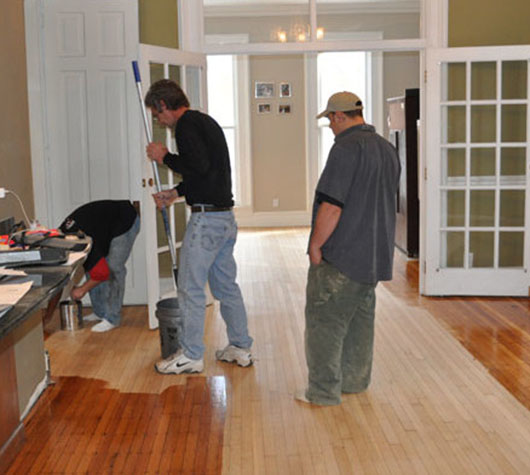 Repairing Scratched Hardwood Floors
Repairing Scratched Hardwood Floors
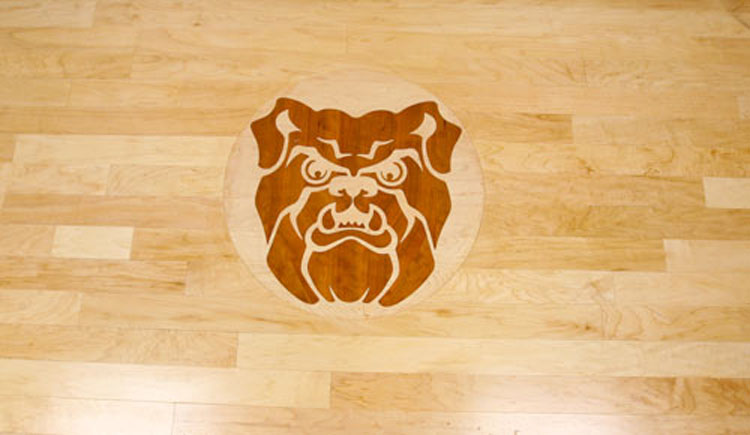 Hinkle Fieldhouse Butler Univers...
Hinkle Fieldhouse Butler Univers...
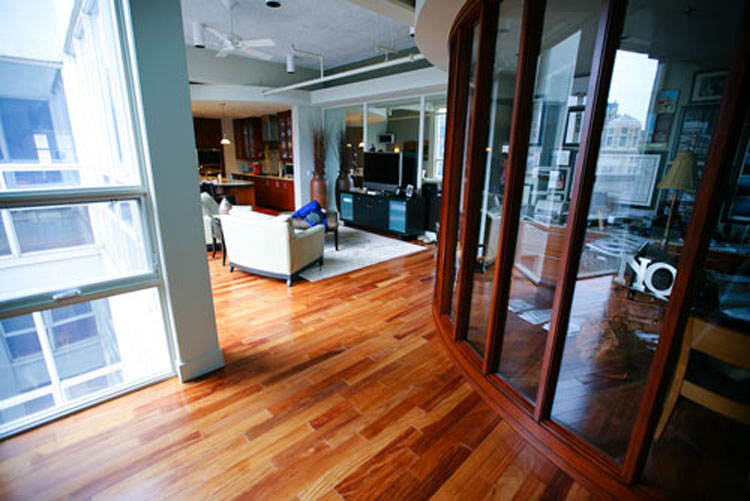 Penthouse Town Home Downtown Ind...
Penthouse Town Home Downtown Ind...
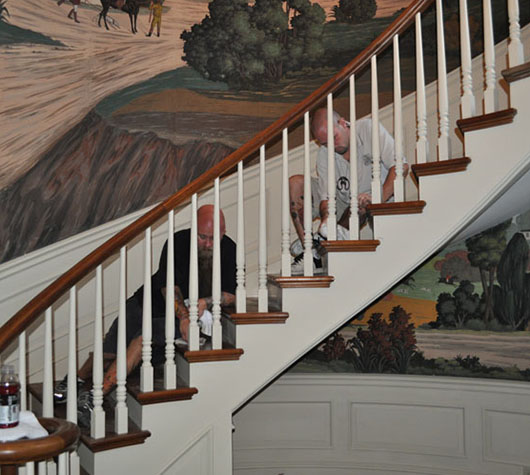 Antique Flooring Restoration
Antique Flooring Restoration
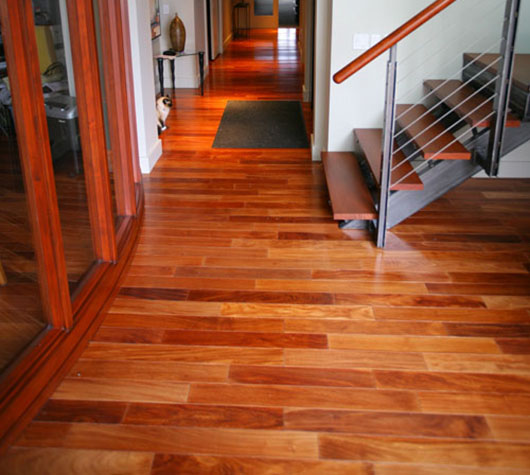 Brazilian Cherry Hardwood Floors
Brazilian Cherry Hardwood Floors







